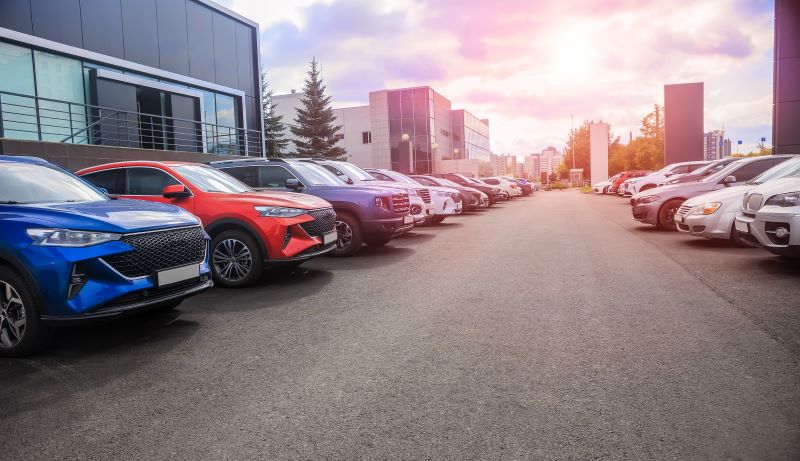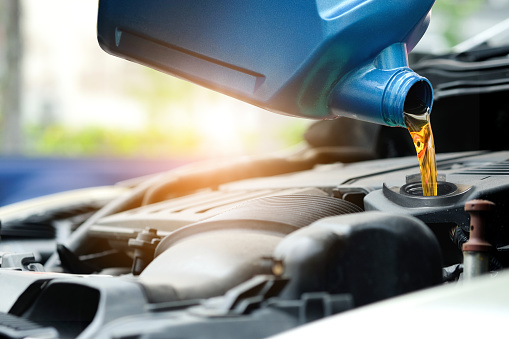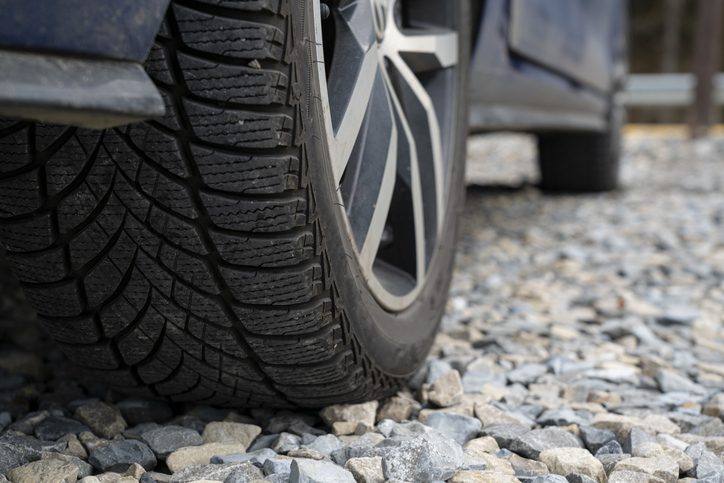Breaking in a new car is a practice that manufacturers have recommended for decades, combining driving techniques and maintenance tasks that can help extend a car’s lifespan.
When your engine’s moving parts settle in and start working together properly, your car performs better. New car technology has improved dramatically, but this fundamental process remains essential.
So, how do you break in a new car? Here’s what you need to know:
Key Takeaways
- To help prevent possible issues down the road, it’s important to know how to break in a new car.
- While today’s modern cars may not need as much of a break-in period, there are still some basic recommended routines to help protect your investment.
- From monitoring RPM levels to getting regular oil changes, we’ll cover six fool-proof ways to break in your new car, plus tips to maximize your car’s longevity.
Why Do You Need To Break In a New Car?
Knowing how to break in a new car helps prevent potential problems from aggressive driving or poor maintenance during the first few hundred miles.
While today’s cars don’t require the elaborate break-in rituals of the past, there’s still value in being gentle with a new engine. Modern manufacturing is more precise, but metal parts still need time to seat properly. That’s why most car companies still recommend an easy-does-it approach early on.
How Long Does It Take To Break In a New Car?
The break-in period for a new car typically lasts 500 to 1,000 miles, which translates to about one to two months of everyday driving. This question is often framed as “how many miles to break in a new car” since mileage is usually more important than calendar time.

6 Tips for Breaking In a Car
These new car engine break-in steps help your vehicle’s components work together smoothly while avoiding habits that can cause future problems.
1. Watch Your RPM Levels
Your new car needs a gentle introduction to high performance. Most manufacturers recommend keeping RPMs under 3,000 during the break-in period, though this varies by type. Gasoline models typically should stay below 3,000 RPM, while diesel versions often need to stay closer to 2,500 RPM. Pushing high RPMs too early can prevent engine components from settling correctly.
2. Stay On Top of Your First Oil Change
Some manufacturers recommend an earlier first oil change to remove metal particles from the break-in process, while others say their factory oil is designed to last the full duration. Your owner’s manual will specify what’s right for your particular vehicle. Either way, monitoring your engine oil level during those first 1,000 miles is a smart practice.
3. Vary Your Driving Speeds
Your engine benefits from experiencing different loads and RPMs rather than staying at one speed. Gradually increase and decrease your pace throughout each drive. Mixed driving conditions work better than highway cruising at constant speeds during those first few hundred miles.
4. Limit Short Trips When Breaking a Car In
Short trips don’t allow your engine to reach proper operating temperature, which interferes with lubrication and can cause premature wear during the break-in period. Plan drives of at least 15-20 minutes to give your engine oil time to warm up and circulate properly.
5. Avoid Cruise Control
Cruise control maintains constant RPMs, which prevents proper bedding of the piston rings and cylinders. Skip cruise control for the first 1,000 miles to create natural variation in your driving that helps the components seat as intended.
6. Keep Loads Light
Avoid towing trailers or carrying heavy loads during the first 500 miles. Extra weight forces your engine to work harder than it should while everything is still new. Save the camping trip or furniture haul for after your car has had time to adjust.
These guidelines form the core of how to break in a new car effectively and safely.

Maintenance Tips: Beyond the New Car Break-In Period
Once your car is properly conditioned, these maintenance practices will keep it running smoothly for years:
- Monitor tire pressure monthly: Check your owner’s manual for the correct PSI and use a tire pressure gauge to check for proper inflation.
- Rotate tires every 5,000 miles: Even-wear patterns improve gas mileage and extend tire life.
- Follow your service schedule: Stick to manufacturer recommendations for major maintenance and inspections.
- Replace air and oil filters when due: Improve performance and fuel economy by replacing dirty filters.
- Check fluids regularly: Monitor engine oil, coolant and brake fluid levels between service visits.
- Store your vehicle properly – If you have a seasonal or collector car, learn about proper winterizing techniques to protect your investment.
Regular care improves vehicle reliability and can prevent costly breakdowns.
Drive With Confidence
The break-in process has evolved, but drivers should still ease into those first few hundred miles. Your owner’s manual has the specifics, but the basic idea remains: Be gentle early on, and your engine will reward you later.
Improved fuel economy, better performance and a car that lasts longer are the rewards for learning how to break in a new car. Like having great car insurance, this careful approach protects your investment from the start.






